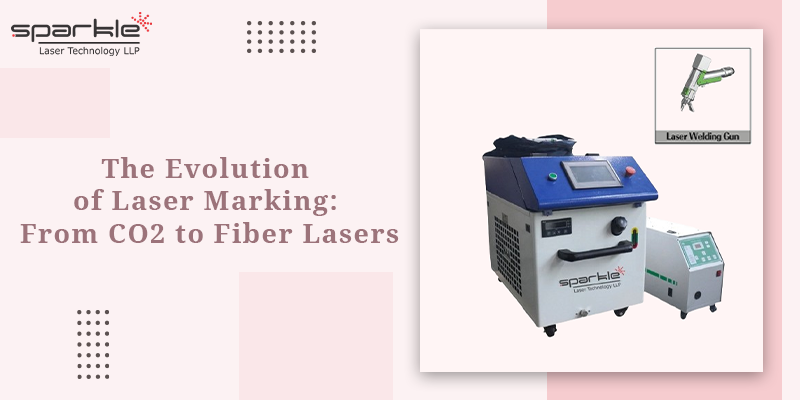The Evolution of Laser Marking: From CO2 to Fiber Lasers
Laser Marking Machines has arisen as a flexible and proficient technique for adding super durable markings to different materials, going from metals and plastics to ceramics and glass. This innovation uses powerful laser shafts to make exact and solid markings without harming the basic material. Throughout the long term, laser marking technology has developed fundamentally, with progressions in laser types and handling procedures upgrading its capacities and applications.
The Rise of CO2 Lasers
CO2 Laser Cutting Machines were among the earliest sorts of lasers utilized in industrial applications, including Laser Marking Machines. These lasers radiate infrared light at a frequency of 10.6 micrometers, making them reasonable for checking non-metallic materials like plastics, wood, and elastic. The critical benefit of CO2 lasers lies in their capacity to convey high power levels productively, considering quick and exact stamping on a large number of surfaces.
Figuring out Fragmentary CO2 Lasers
Fragmentary CO2 lasers address a specific variation of CO2 lasers that are especially appropriate for laser marking applications requiring high accuracy and negligible warm harm. These lasers use a fractionated pillar example to convey controlled energy heartbeats to the material surface, bringing about exact removal and stamping with insignificant intensity age. Partial CO2 lasers are ordinarily utilized in businesses like hardware, clinical gadgets, and aviation for checking many-sided designs, chronic numbers, and standardized tags.
The Ascent of Fiber Lasers
Recently, fiber laser machines have become more and more popular for laser marking applications, especially in cutting and metal engraving. Fiber lasers produce laser radiates using optical filaments that have been doped with unusual earth components, such as erbium or ytterbium, as opposed to CO2 laser, which relies on gas release tubes for lasing. For high-accuracy checking on metals and combinations, fiber lasers are the best option because they have a few advantages over CO2 Lasers, such as better bar quality, more noticeable energy efficiency, and quicker handling speeds.
Comparating Fiber Laser Cutting Machines
Fiber Laser Cutting Machines influence the power and accuracy of fiber lasers to slice through metallic materials with unrivaled speed and precision. These machines use an engaged laser pillar to liquefy, disintegrate, or consume the material, bringing about perfect and exact cuts with insignificant kerf width. Fiber laser cutting machines find boundless use in enterprises, for example, car, aviation, and sheet metal creation for cutting complex shapes, forms, and examples with outstanding accuracy and repeatability.
Contrasting CO2 Lasers and Fiber Lasers
While contrasting CO2 lasers and fiber lasers for laser checking applications, a few variables become an integral factor:
- Execution: Fiber lasers offer higher pillar quality and energy thickness, bringing about better and more exact markings contrasted with CO2 lasers.
- Cost-viability: While CO2 lasers might have a lower beginning expense, fiber lasers offer more prominent energy proficiency and lower working costs over the long haul.
- Flexibility: CO2 lasers are more qualified for stamping non-metallic materials, though fiber lasers succeed in checking metals and combinations, making them more adaptable for a more extensive scope of utilizations.
Future Patterns and Developments in Laser Checking Innovation
Later on, laser marking technology has energizing prospects. Manufacturers are working hard to make it quicker, more exact, and more adaptable. They’re further developing the way that lasers shape radiates, control pulses, and handle materials. This means laser marking will actually want to do more things, similar to assisting with making stuff with 3D printers, work in hardware, and, surprisingly, in contraptions we utilize consistently.
Conclusion
The advancement of laser marking innovation from CO2 to fiber lasers has changed the manner in which makers and businesses approach item ID, marking, and recognizability. While CO2 lasers keep on assuming a fundamental part in stamping non-metallic materials, fiber lasers have arisen as the favored decision for high-accuracy checking on metals and combinations. As innovation keeps on propelling, laser checking frameworks are ready to turn out to be considerably more flexible, productive, and key instruments for a great many modern applications.





